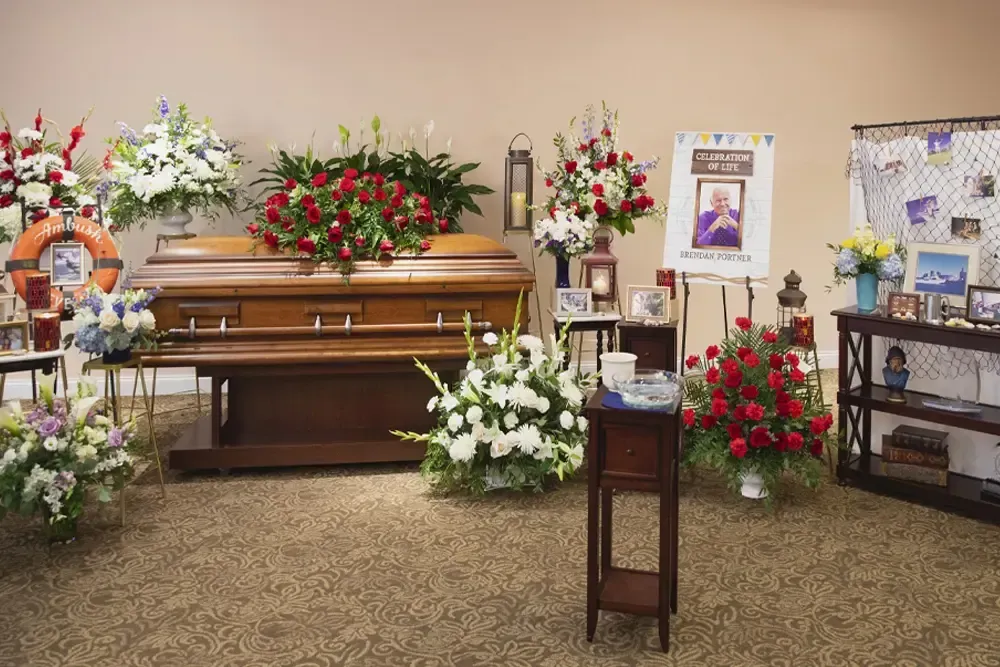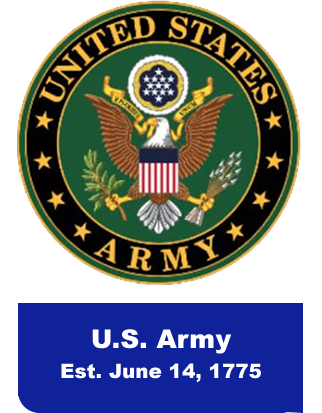October 4, 2025
Encountering a Funeral Procession

Imagine you're driving past a funeral home. As you approach, you notice individuals dressed in mourning attire exiting the facility and entering a line of vehicles—some limousines, some personal cars. Just before you pass, the vehicles begin to leave the parking lot. You’ve now encountered a funeral procession—a solemn, ceremonial journey to honor a life that has ended.
While traffic laws may vary by state, there are generally accepted guidelines for how to respond respectfully and safely when encountering a funeral procession. Here's what every driver should know:
1. Yield the Right of Way
Funeral processions are typically granted the right of way in many jurisdictions. This means that even if a light changes or an intersection opens, the procession is allowed to continue without interruption—provided the lead vehicle entered legally.
Yielding is not only respectful but also prevents potential collisions. Think of it as you would yielding to an emergency vehicle: a necessary act of courtesy and safety.
2. Do Not Cut Into a Procession
Cutting into a funeral procession is both disrespectful and dangerous. In some states, it’s also illegal.
Funeral processions are intended to stay together as a unified group. Breaking that line by inserting your vehicle disrupts the solemn nature of the event and may catch other drivers off-guard, increasing the risk of accidents. Even if you're approaching an exit, it’s best to wait for the procession to pass and take an alternate route if necessary.
3. Do Not Pass the Procession
Similar to cutting in, passing a funeral procession is generally discouraged and often unlawful. Attempting to overtake a slow-moving procession—especially on a two-lane road—can be hazardous.
The only exception is on multi-lane highways, where you may carefully pass on the right if the procession is traveling in the far left lane. Always use caution and avoid disrupting the line.
4. Identify the Last Vehicle
Typically, the last vehicle in a funeral procession is marked with hazard lights and may carry two flags to indicate it is the end of the procession. Keeping an eye out for this vehicle helps ensure you don’t mistakenly merge into the procession or assume it has ended prematurely.
5. Do Not "Tag Along"
Attempting to join a funeral procession to bypass traffic or benefit from relaxed traffic rules is inappropriate and, in some cases, illegal.
Just as following an emergency vehicle for personal gain is unacceptable, so too is inserting yourself into a funeral procession. Police officers or procession escorts are often trained to spot and address unauthorized vehicles, and you may be pulled over.
6. Pull Over if You Can
If conditions allow, pulling over to let a funeral procession pass is a courteous and safe option. This shows respect for the mourners and reduces the likelihood of conflict or confusion on the road. On narrower roads or rural routes, pulling over is often the safest course of action.
7. Wait Patiently
Whether you're pulled over or waiting at an intersection, remain patient. Do not honk, gesture, or display frustration. Even well-meaning actions, such as waving or signaling, can be misinterpreted. A silent show of patience is the most respectful response.
A Final Note
While it can be inconvenient to encounter a slow-moving funeral procession during a busy day, it’s important to maintain perspective. For the individuals in that line of vehicles, it’s a profoundly difficult and emotional moment. The minor delay to your schedule is insignificant compared to the grief they are experiencing.
Showing respect, empathy, and awareness not only honors the deceased and supports their loved ones, but also helps maintain road safety for everyone.
Our Blogs











